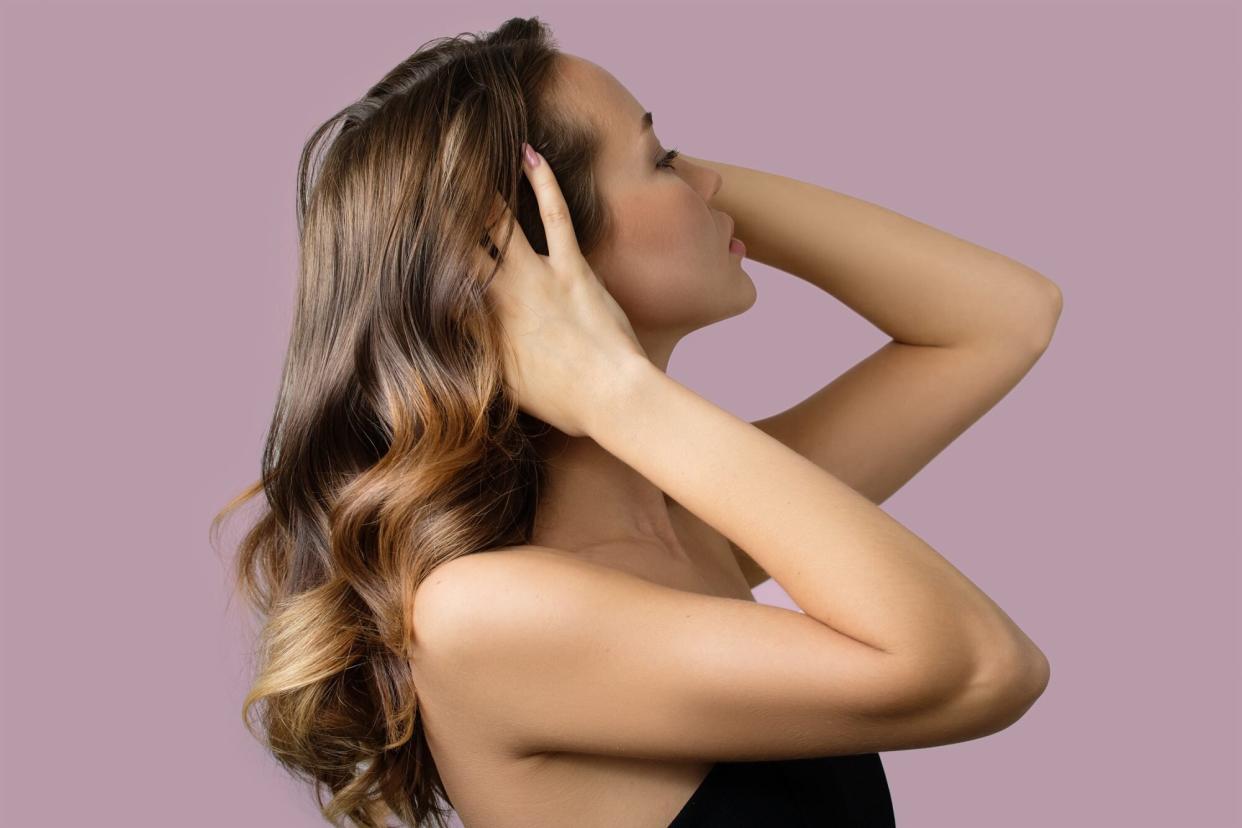Ask a Beauty Editor: Most Low-Maintenance Hair Colors and Techniques

Alena/Adobe Stock
Ever wanted to pick the brain of a beauty editor? Or get beauty product recommendations from someone who has tried them all? You've come to the right place. In our weekly series, beauty editor Hana Hong answers your biggest skincare, hair care, and makeup questions, all submitted by Real Simple readers. Tune in every Tuesday and submit your own burning beauty questions here for a chance to be featured.
Reader question: "How can I go for a lighter hair color without paying for monthly root touch-ups?" —Maxine Freedman
As we discussed last week, the fresh hair color that you leave with at the salon probably won't look so fresh a month later. This can partly be chalked up to fading and oxidation, but there's also the more obvious reason of new growth.
Honestly, I could take a page from this topic because I recently went blonde, and well, *roots* (IYKYK). As a naturally dark brunette, I can confirm that getting your hair colored to anything more than two shades away from your natural hue feels like signing yourself away to the ultimate commitment. Soon enough, you're trapped in a seemingly perpetual cycle of salon visits, monthly touch-ups, and one colossal cash suck.
However, there are some ways to change up your hair color strategically so that your roots are less conspicuous and you spend less on upkeep. I tapped in some of my fave hairstylists to call out the hair colors with the most seamless grow-out. (Just don't forget that your low-maintenance hair still requires some maintenance, i.e. using a color-safe shampoo and conditioner and hydrating with intensive masks.)
Low-Maintenance Hair Colors
Ombré
If you're starting off with a naturally darker color, any version of ombré will be fairly low-maintenance. This will make regrowth less obvious while still adding more dimension and lightness to the hair overall. "Ombré leaves the root color natural and fades into highlights," says professional hairstylist Clariss Rubenstein. "You can make this look extreme or subtle, but touch-ups can be as few and far between as you want them to be."
Balayage
While ombré is more of a horizontal placement, balayage is more vertical. "Your colorist works away from the roots so you can keep your natural color," says Richy Kandasamy, colorist and R+Co Collective Member. "Balayage in its nature is very low-maintenance," agrees Stephanie Brown, colorist at IGK Salon in New York City. "The hair is painted to look as though it has been naturally highlighted in the sun, offering very little to no line of demarcation as the hair grows out."
Root tapping
Root tapping, or root shadowing, is the process of using a demi-permanent color to 'smudge' the root area where your natural color meets the highlights. Think of it like a color melt that gradually lightens from the roots—"This creates a softening of the appearance of where the highlights end and your new growth begins," says Brown.
Babylights
According to Rubenstein, subtle highlights, or babylights, are a low-maintenance way to lighten up your look without a lot of upkeep. "Adding some flecks that are just a bit lighter than your natural color and not doing a ton of them should grow out beautifully," she says.
Tortoiseshell
Can't decide between blonde and brunette? Tortoiseshell is a happy medium—it's achieved by blending a few different shades, such as honey blonde, rich caramels, and cappuccino browns. The fusion of hues results in a natural, soft look that offers a more forgiving regrowth.
Demi-permanent color
If you are color-curious or like to switch up your color often, consider asking your stylist for demi-permanent hair options. "This process, which lasts anywhere from 12-24 shampoos, offers the ability to play with the new shades with minimal commitment," says Brown. Another plus: Since it contains no ammonia and deposits only, it's better for your hair health.

